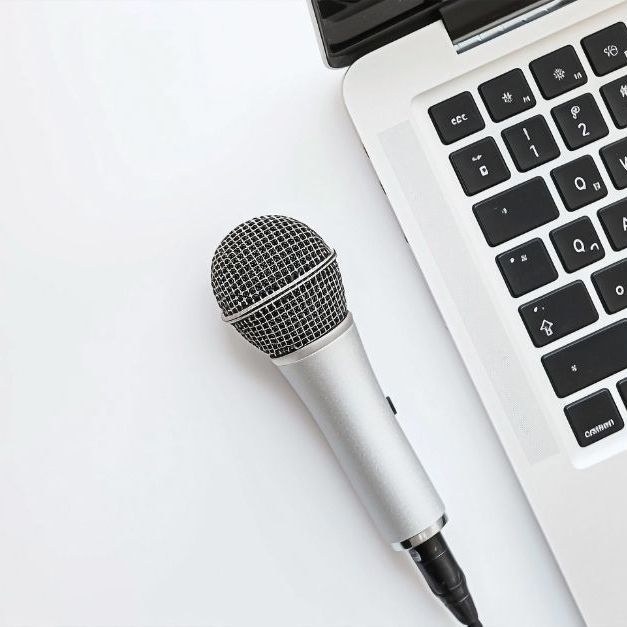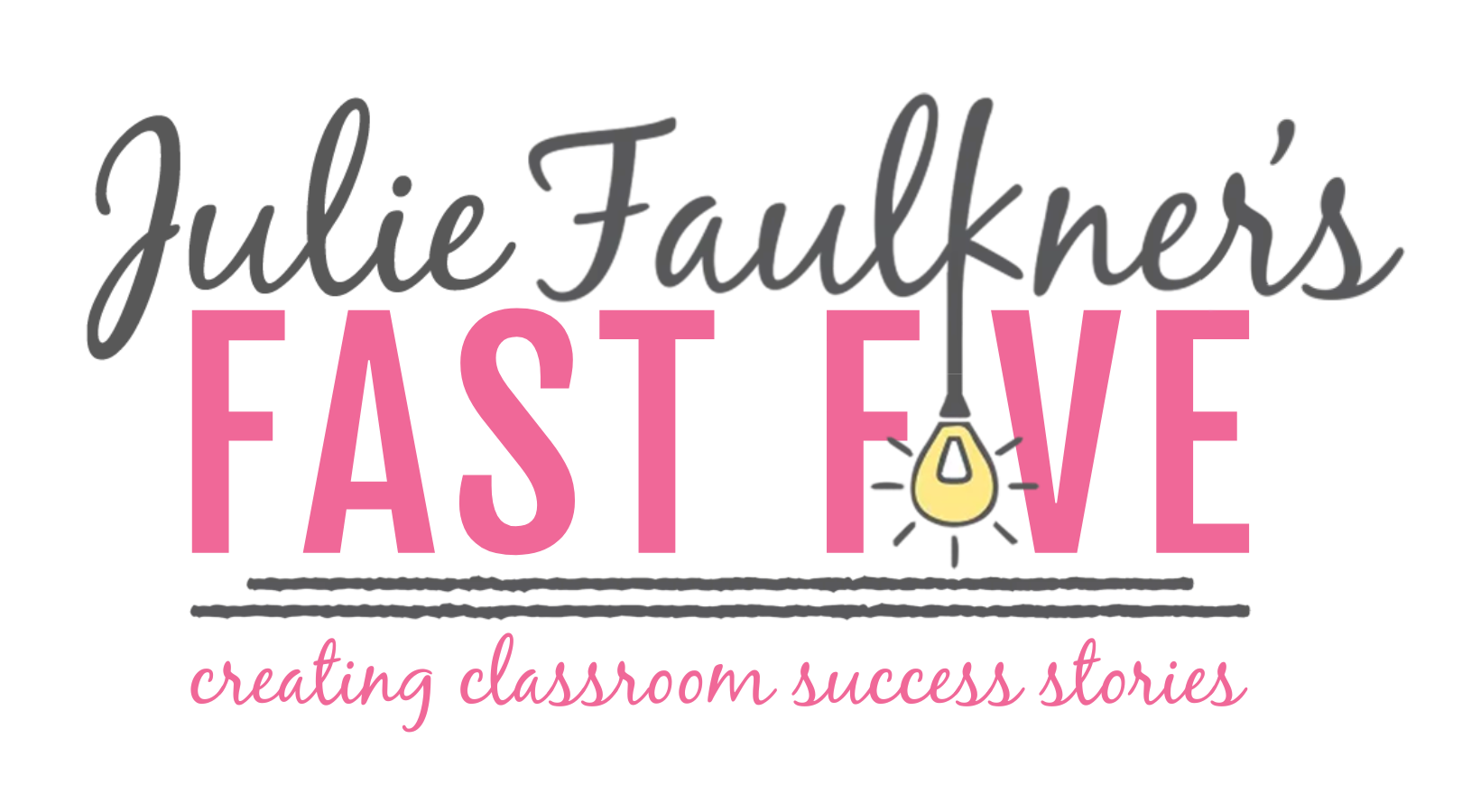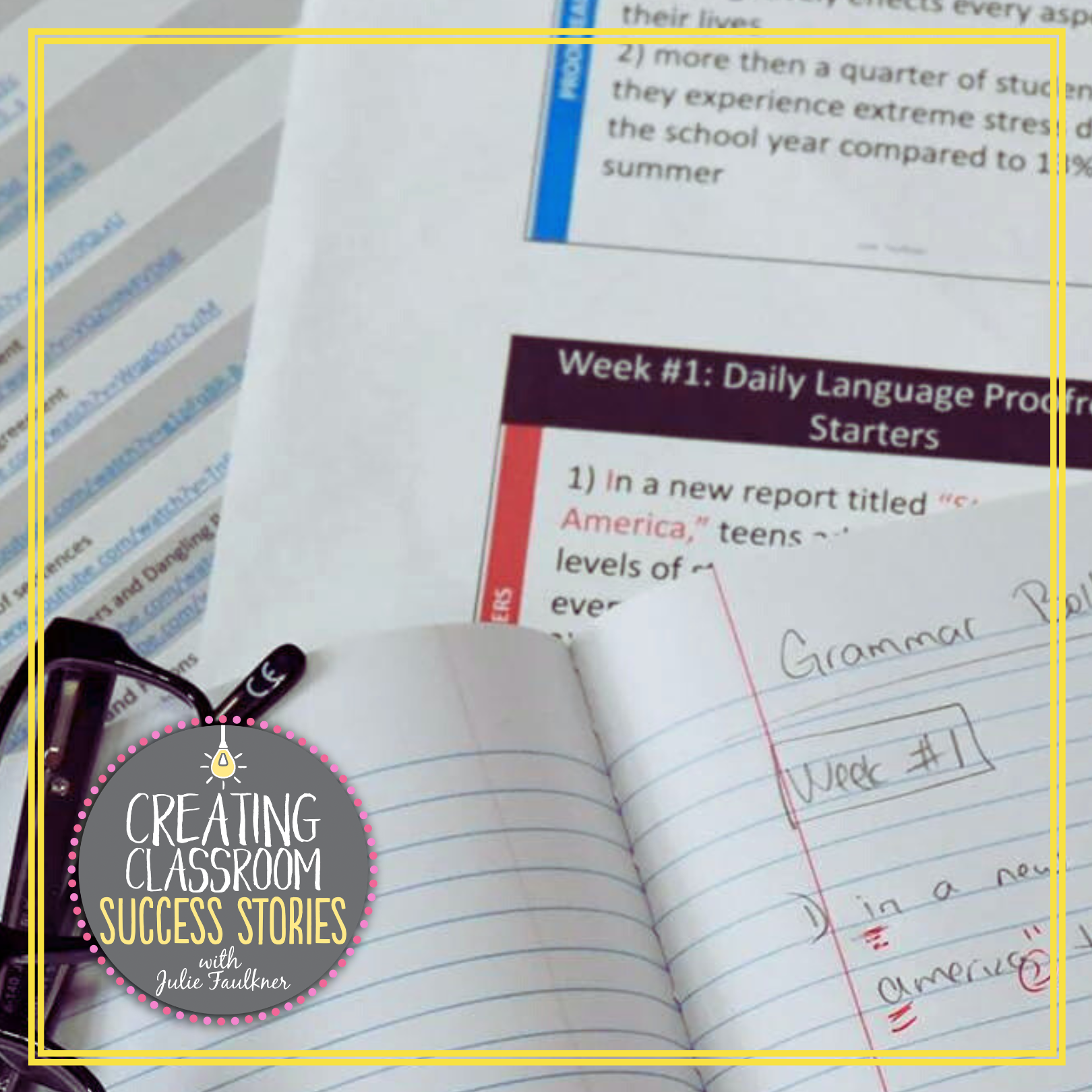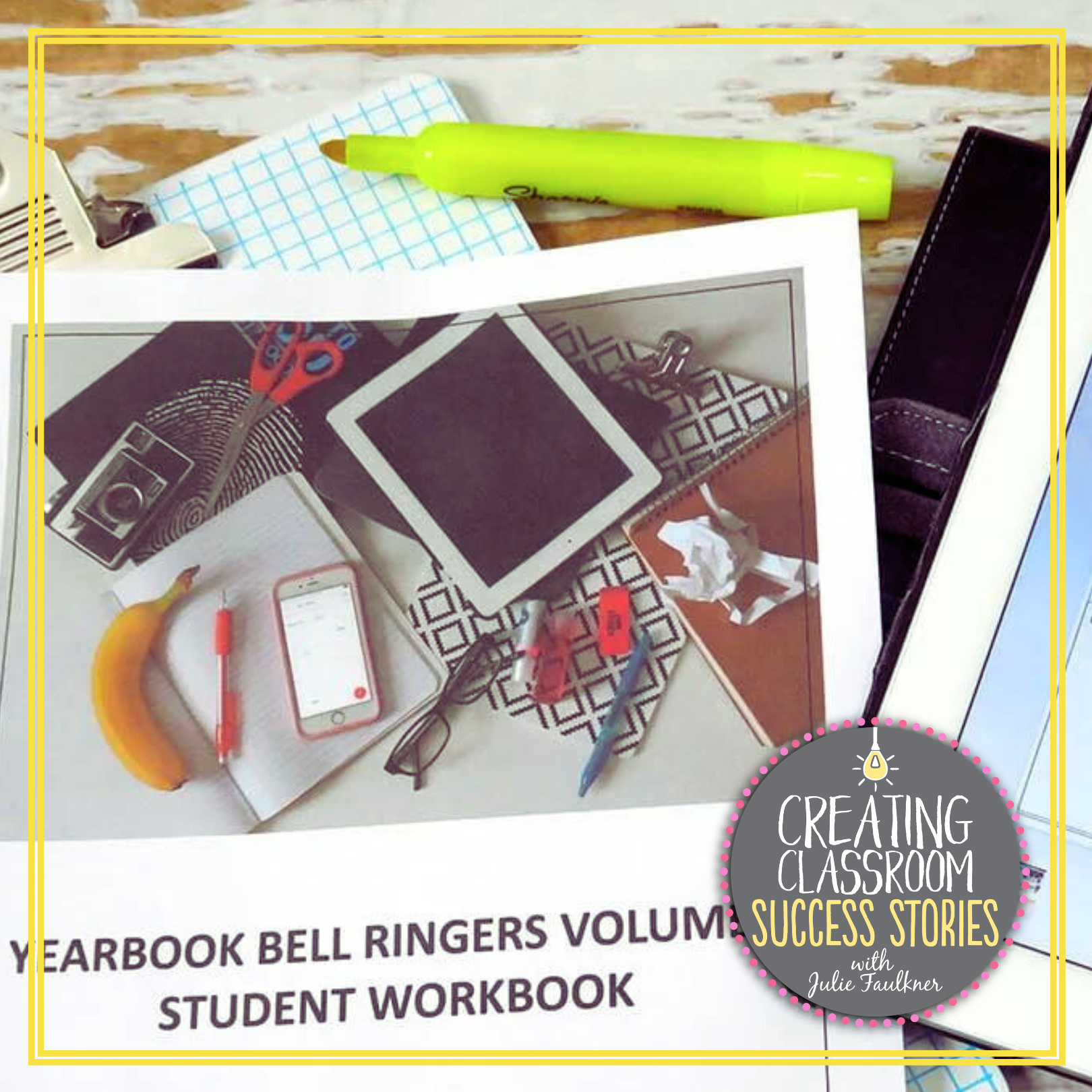Benefits of Using Task Cards
in Middle & High School
Using task cards in middle and high school can be hugely successful. Interestingly, I was using “task cards” in my high school English class before I knew they were called that – and way before they looked so cute! If I needed to guide a particular group on a topic or break up the assignment, I would often just grab some colored index cards and a sharpie and begin assigning the tasks, differentiating, or reviewing! Now with the wonderful world of technology 🙂 and access to tons of programs, task cards can come in any form or fashion. Here are 5 ways and reasons to use the task cards strategy at the middle and high school level.
1. Differentiation and Scaffolding
Task cards offer teachers and students many benefits. Teachers need easy, but effective ways to meet the needs of all students who come to the table with all different ability levels. Task cards can easily be used to tailor instruction and reinforcement to those needs.
–You choose who gets which card, and that can be done without the students’ knowledge of that choice. All of my response to text task cards are written in two levels and are clearly labeled in the file. Pictured below are two examples from my poetry and speech task cards. If you head over to my TeachersPayTeachers store, you’ll be able to get a couple of these free in the preview file.
– One directive per card helps students focus.
–If students or groups of students are working through a set of cards, they set their own pacing. Here different groups of students are analyzing poetry, but one group only has one card, while the other group has two cards.
–Some cards can have suggested answers or clues, while others are more open-ended.
–Some students or groups can be assigned one or more depending on their needs.
– Task cards just by their nature provide individualized instruction and scaffolding because they allow for effective chunking of material.
For example, when I teach writing, we use task cards to guide analysis of model papers during the pre-writing process and task cards to provide directives for revision and editing during the phases of the writing process.
2. Discussion & Collaboration
Classroom discussion is very important for classroom culture but also for understanding. I believe students need to read about it, talk about it, and then write about it. Task cards provide a direct focus for talk topics where needed.
–Students can see cards first to prepare individually before small or whole group discussion.
–Guides whole group discussion. Take a look at these fun Emoji Accountable Talk Stem Puppets They offer a accountable talk stems for students to respond to or use during discussions.
– Can require students to produce a larger product together. For example, if you want students to write a paragraph, give each group a task to complete a certain section of the paragraph. When they put their work together, they have a complete product.
– Can even be used with large class sizes. See how I make it work:
https://www.facebook.com/juliesclassroomstories/videos/1657893880971128/
3. Games and Review
Play traditional games (board games, card games, beach ball toss, etc.) with task cards for your subject. Below students are reviewing ELA vocabulary using vocabulary cards from my 100 words every high school English student should know pack in order to move their pieces around a game board I whipped up for fun. Give each group a set of task cards, and in order to take a turn, each student had to answer a question on one of the cards. The rest of the group had to agree with the answer before they could move on. Groups or students could also have a recording sheet that they turn in or use as a study guide.
4. Gallery Walks, Scavenger Hunts, Quests. and Stations
Lessons that involve movement can sometimes be overwhelming to create and produce, but for Kinesthetic students, especially, movement enhances learning. Pretty much any student, though, enjoys the opportunity to move around during class. Task cards make these types of activities much more attainable because they are easier to create and/or manage.
–Cards are posted around the room/hall for a gallery walk. Never tried a gallery walk? Want some fresh tips? Click over to take a look at this FREE video tutorial where I explain how to set up and manage gallery walks.
–Assign students certain numbers to complete or do them all.
–Set time limits.
–Students record answers on sheets.
– Use them in stations or centers. Here’s a quick video where I explain how I developed impromptu centers using my poetry task cards in station rotations. Get the FREE poetry recording sheet here.
https://www.facebook.com/juliesclassroomstories/videos/1330997943660725/
– Add QR codes for a self-checking function or to add a quick video tutorial.
— If you want some ready-made station labels to get going with task cards in your classroom, check out my station rotation kit with five fun designs.
5. Going green with task cards
The trend is certainly moving toward more technology in the classroom that is student-centered. Task cards offer so many opportunities for teachers to convey both lesson content, practice, and assessment because they are so flexible.
– 1:1 schools
– via Google Slides or Google Classroom in the lab, group device, or on their own devices. All of my response to text task cards are now available in Google Slides format. You can get them here.
-Nearpod student led or in homework mode.
-Classflow with student response systems or on their own devices
-Kahoot for whole class review and gaming. I love putting my Real-World Grammar Fails Task Cards in Kahoot to use at bell ringers or fun test-prep review! They come in large pdf and large jpeg mode for easy uploading in this format, so there’s no extra work for you. See more about my experience with Kahoot at this post!
– Single iPad used via Apple TV, Smart TV, or Boxlight to share task card work. Below students were correcting sentences with some grammar task cards. In order to share with the class, I used the mirror feature on my iPad with my Apple TV, so the entire class could see the original sentence from the task card as each group explained the corrections that needed to be made.
I would love to hear how you use task cards in your middle and high school classrooms, too! Leave me a comment below.
Love this content?
Sign up for my email newsletter with more tips, ideas, success stories, and freebies!
























